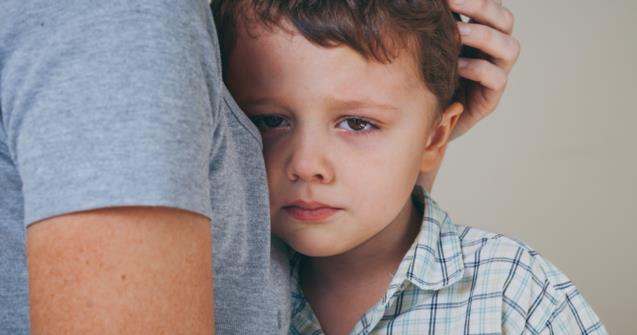
How to calm an emotional storm
Children and emotions... how would you define this duo? For many children, it is a very difficult duo. Children are tiny emotional balls. They are fragile and can literally explode at any moment. It’s a well-known fact, controlling their emotions can be quite challenging for young children. They can struggle to remain in the gray area, in complete control of whatever it is they are feeling. They can burst with joy or anger without prior notice. Of course, the importance of the struggle can vary from one child to the next, but the ability to calm down after an emotional storm represents a challenge for most children.
The emotions of the adults who accompany children experiencing an emotional storm can also up the ante. You read correctly. The emotions we experience as adults can have a direct impact on the children we care for. Our feelings can influence them positively or negatively. Of course, it’s only normal that we feel different emotions when we face various situations. Children’s actions or words can make you angry. As adults, we must channel our emotions to be helpful. Easier said than done, I know. A whirlwind of emotions can easily get the better of us. Children often seem to have an “on/off” button. They can go from a state of joy to extreme anger in a fraction of a second.
How can we help children calm down after an emotional storm? First, it’s very important that you understand that when children experience an emotional storm, both hemispheres of their brain (rational and emotional) get disconnected. The intensity of a child’s emotions is directly proportional to his capacity to organize himself and calm down. That is why your help is necessary. Here is what you can do.
- Take a step back. Take a few deep breaths to calm your own emotions. Wait until you feel capable of accompanying the child.
- Approach the child and take a few seconds to try to understand what he is going through. Name his emotions.
- Direct the child towards a calm area to provide a short pause, the chance to relax, to breathe deeply. Let him spend a few moments alone in this area or accompany him, depending on the situation.
- Once the child is calm, briefly discuss the situation with him. Report facts about what happened and state your expectations for the future. Speak firmly and keep it simple. Keep it short and sweet and be sure to speak firmly. Stay alert; a child who has just experienced an emotional storm can be more at risk of having another similar outburst.
These four steps are important for calming an emotional storm. Children are fragile beings and emotional outbursts are common. Take the time to go through each step and remember that talking with a child who is the middle of a tantrum and overwhelmed with emotions is pointless. Always give a child time to calm down before attempting to discuss a situation that led to an outburst.
Maude Dubé, Specialized educator

 Home
Home Theme activities
Theme activities
 Babies and toddlers
Babies and toddlers
 Arts and crafts
Arts and crafts
 Science
Science
 Creative recipes
Creative recipes
 Tips and tricks
Tips and tricks
 Special needs
Special needs
 Extra activities
Extra activities
 Educ-TV
Educ-TV
 Newsletter
Newsletter  Online store
Online store Educatall club
Educatall club


